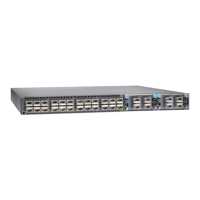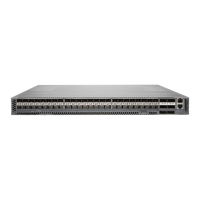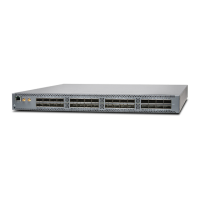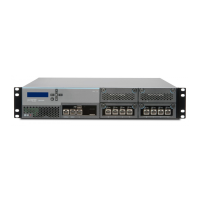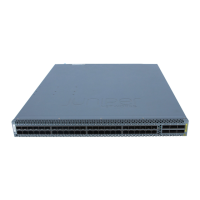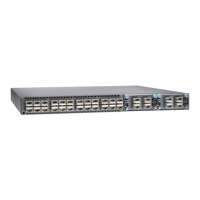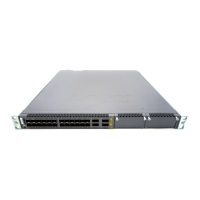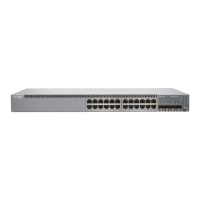NOTE: On an EX3200 switch,if youinstall a transceiver in a 1-Gigabit Ethernet
uplink module port, a corresponding network port from the last four built-in
ports is disabled. For example, if you install a transceiver in the uplink module
port 3 (ge-0/1/2), then the built-in port 23 (ge-0/0/22) is disabled. The
disabled port is not listed in the output of show interface commands.
Before you begin installing a transceiver in a device, ensure that you have taken the
necessary precautions for safe handling of lasers (see Laser and LED Safety Guidelines
and Warnings).
Ensure that you have a rubber safety cap available to cover the transceiver.
Figure 56 on page 135 shows how to install a QSFP+ transceiver. The procedure is the
same for all types of transceivers except the CFP transceivers.
To install a transceiver:
CAUTION: To prevent electrostatic discharge (ESD) damage to the
transceiver, do not touch the connector pins at the end of the transceiver.
1. Remove the transceiver from its bag.
2. Check to see whether the transceiver is covered with a rubber safety cap. If it is not,
cover the transceiver with a rubber safety cap.
WARNING: Do not leave a fiber-optic transceiver uncovered except when
inserting or removing a cable. The rubber safety cap keeps the port clean
and prevents accidental exposure to laser light.
3. If the port in which you want to install the transceiver is covered with a dust cover,
remove the dust cover and save it in case you need to cover the port later. If you are
hot-swapping a transceiver, wait for at least 10 seconds after removing the transceiver
from the port before installing a new transceiver.
4. Using both hands, carefully place the transceiver in the empty port. The connectors
must face the chassis.
CAUTION: Before you slide the transceiver into the port, ensure that the
transceiver is aligned correctly. Misalignment might cause the pins to
bend, making the transceiver unusable.
Copyright © 2017, Juniper Networks, Inc.134
QFX3500 Device Hardware Documentation
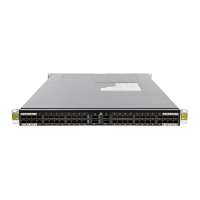
